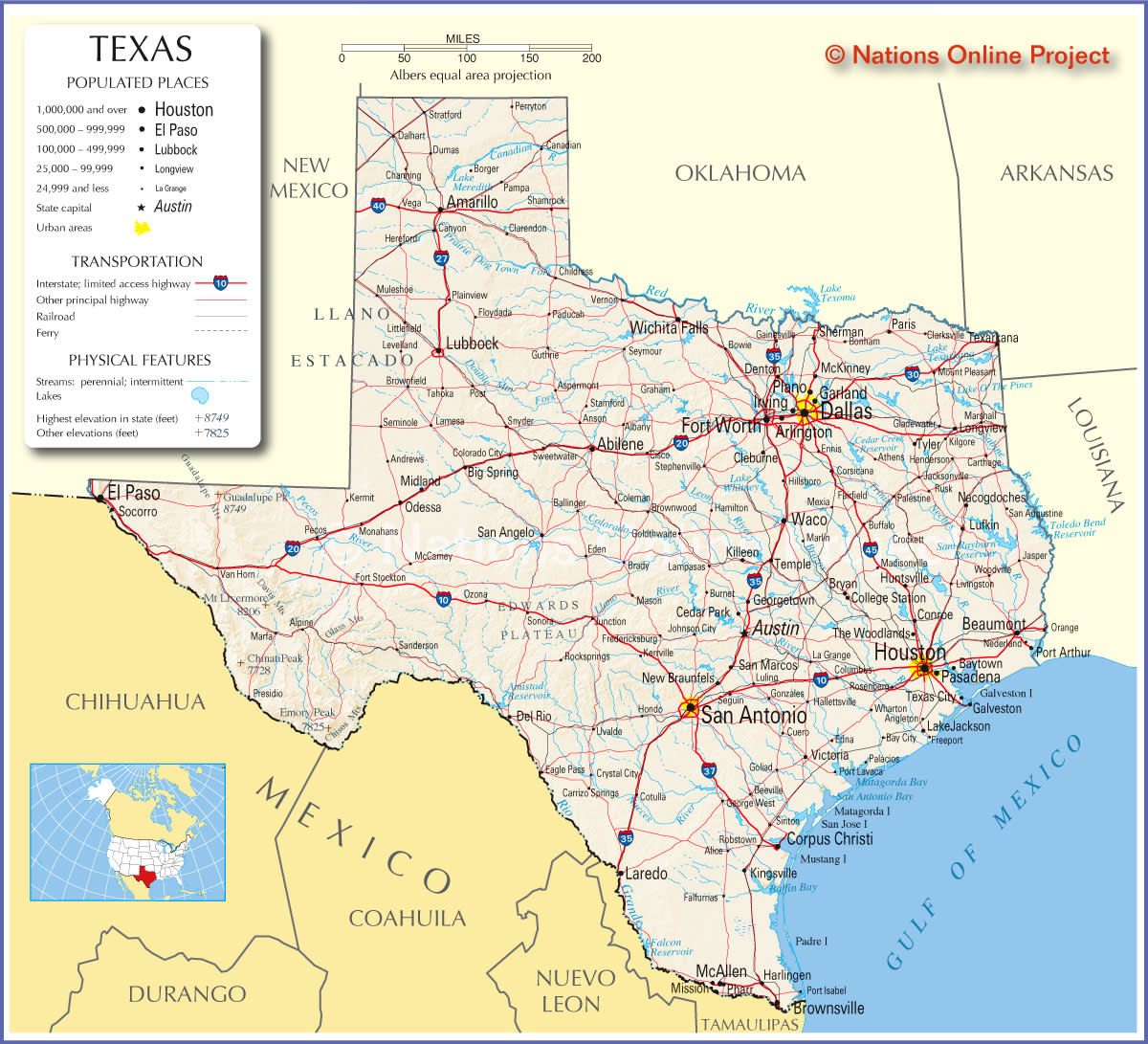Do We Really Need Secure Borders? You Be the Judge




The U.S./ Mexico border is the primary point of entry for cocaine being smuggled into the United States. According to a recent interagency intelligence assessment, approximately 65 percent of the cocaine smuggled into the United States crosses the Southwest border. That would encompass California, Arizona and Texas
Criminal groups operating from Mexico smuggle cocaine, heroin, methamphetamine, amphetamine, and marijuana into the United States Across our border. These criminal organizations have smuggled heroin and marijuana via these routes and distributed them throughout the United States since the 1970s. In addition to distributing cocaine and methamphetamine in the West and Midwest, these Mexico-based drug gangs now are attempting to expand their distribution of those drugs into the eastern U.S.
Traffickers operating from Mexico now control the wholesale cocaine distribution business throughout the western and mid-western United States. Mexico-based trafficking groups in cities such as Chicago, Dallas, Denver, Houston, Los Angeles, Phoenix, San Diego, San Francisco, and Seattle control the distribution of massive quantities of cocaine
Pretty much all heroin produced in Mexico and South America is destined for the U.S Over the past decade, the United States has experienced a dramatic shift in the heroin market from the domination of Southeast Asian heroin to a dominance of the wholesale and retail markets by South American heroin, especially in the Eastern states. In the West, , "black tar" and, to a lesser extent, brown powdered heroin from Mexico have been, and continue to be, the predominant available form of this highly addictive opiate. According to the DEA, illegal immigrants and migrant workers frequently smuggle heroin across the U.S./Mexico border in 1- to 3- kilogram amounts for the major trafficking groups, seizures indicate that larger loads are being moved across the border, primarily in privately owned vehicles. Once the heroin reaches the United States, traffickers rely upon well-entrenched drug smuggling and distribution networks to deliver their product to the market, principally in the metropolitan areas of the mid-western, southwestern, and western United States with sizable Mexican immigrant populations.
Mexican drug trafficking organizations operating "super labs" (laboratories capable of producing in excess of 10 pounds of methamphetamine in one 24-hour production cycle) based in Mexico and in California have taken control of most of the production and distribution of methamphetamine on the continent. Independent laboratory operators, including outlaw motorcycle gangs, previously maintained control of methamphetamine production and distribution within the United States, and continue to operate today on a lesser scale. The entry of ethnic Mexican traffickers into the methamphetamine trade in the mid-1990s resulted in a significant increase in the supply of the drug. Mexican criminal drug organizations, based in Mexico and California, provided high-purity, low-cost methamphetamine originally to cities in the Midwest and West with large Mexican populations. They have since expanded their drug distribution territory into virtually every corner of the continental U.S.
According to, current and former U.S. law enforcement, defense and counterterrorism officials, Hezbollah, the Iran-backed Lebanese terrorist group, is using the same border routes, that Mexican drug Lords use, to smuggle drugs and people into the United States, the drugs are used to raise money to finance its operations. Of course if this and other terrorist groups, such as al Qaeda also can use Mexican trafficking routes to infiltrate operatives into the U.S., one might come to the conclusion that the lack of border enforcement is severly threatening U.S. national security.
Source:
U.S. Justice Department.gov
U.S. Drug Enforcement Administration (DEA.)
The Washington Times (Friday, March 27, 2009)









![Obama's General Motors [GM] Tarp Bailout - The Untold Details Obama's General Motors [GM] Tarp Bailout - The Untold Details](https://images.saymedia-content.com/.image/t_share/MTc0MTU0NDA1OTcxNzY1MTE2/obama-general-motors-gm-tarp-bailout-untold-details.jpg)